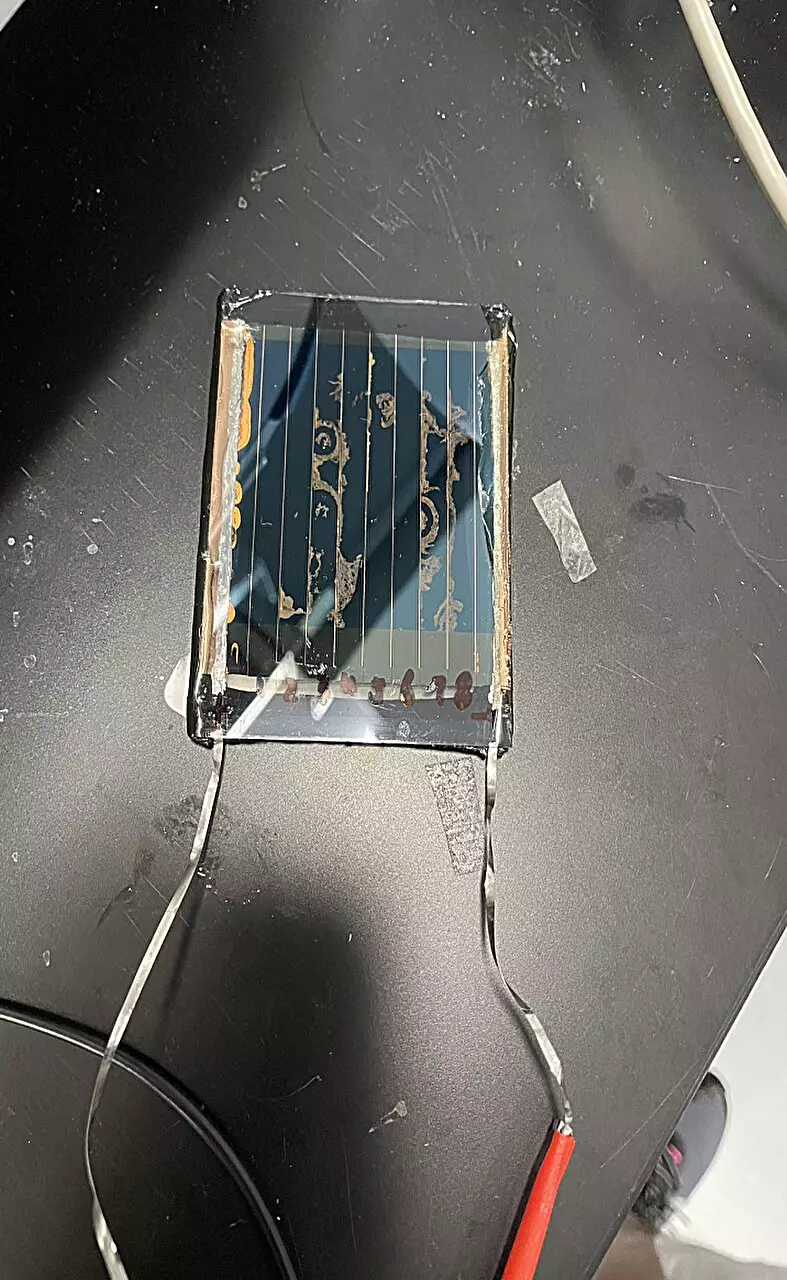When shading occurs in a solar panel, it can have negative consequences on the overall performance and stability of the cells. The shadowed cell can experience reverse bias, which can lead to increased temperatures and potential damage. This issue has been a concern in the photovoltaic community, especially with the rise of perovskite-based solar cells. Perovskite cells, known for their thin photoactive layer, are particularly vulnerable to reverse bias-induced instability, making them less durable compared to other types of solar cells.
Researchers at the University of North Carolina at Chapel Hill identified the need to improve the stability of perovskite solar cells under reverse bias conditions. Through their research, they discovered that some perovskite cells exhibited greater stability under these adverse conditions. This finding sparked further investigation into the mechanisms that contribute to this enhanced stability, with the goal of developing strategies to make perovskite cells more robust and reliable.
To better understand the degradation mechanisms in perovskite solar cells under reverse bias, the researchers conducted experiments using p-i-n structured PSCs. They varied the reverse bias values and device stacks to observe how the cells responded to different conditions. Through their rigorous analysis, they were able to differentiate between breakdown and gradual degradation, shedding light on the processes that occur within the cells under reverse bias.
The experiments conducted by the research team revealed a series of electrochemical reactions that contributed to the degradation of perovskite solar cells under reverse bias. Specifically, the generation of iodine and subsequent corrosion of the Cu electrode were identified as key factors leading to cell breakdown. By utilizing a specific device stacking that inhibited iodine formation and electrode corrosion, the researchers were able to significantly improve the stability of the perovskite cells. This breakthrough allowed for the modified PSCs to last up to 1,000 hours under reverse bias conditions, showcasing a remarkable improvement in performance and durability.
The findings from this study have significant implications for the future of perovskite-based photovoltaics. By addressing the issue of reverse bias instability, researchers are paving the way for the large-scale commercialization of perovskite solar cells. With improved stability and durability, these cells have the potential to revolutionize the solar energy industry and become a mainstream alternative to traditional silicon-based PVs. Moving forward, additional studies will be conducted to further enhance the stability of perovskite cells and maximize their performance under various conditions.
The research conducted by the team at the University of North Carolina at Chapel Hill represents a significant step forward in the development of stable and reliable perovskite solar cells. By unraveling the degradation mechanisms and implementing effective solutions, they have demonstrated the potential for perovskite cells to become a key player in the renewable energy landscape. As the quest for more efficient and sustainable solar technologies continues, advancements in perovskite-based photovoltaics hold great promise for a greener future.


Leave a Reply